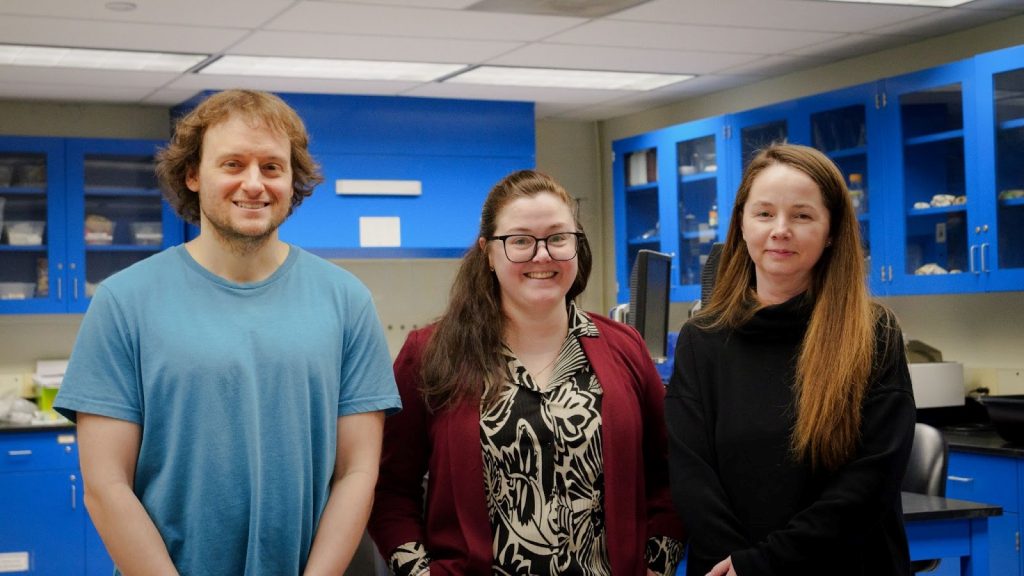The New York State’s Department of Environmental Conservation (DEC) has awarded Clarkson University researchers a three-year grant worth $69,904 to work on the “Milfoil Monitoring and Control Project.” The main goal of the project will be to monitor two invasive aquatic watermilfoil species in upstate New York.

The research team will study Eurasian Watermilfoil in Goose Bay in Alexandria and Broadleaf Watemilfoil on Norwood Lake in Norwood. Both types of watermilfoil are highly invasive, and are some of the most invasive aquatics in the US. The primary invasive characteristics about this plant are that it grows very fast, outcompeting native plants to form a monoculture that has various negative ecological impacts. Over the past few decades, a huge effort has been made to study control strategies. While a variety of control strategies have been developed, none have proven successful.
The goal of Clarkson’s team will be to determine the plant’s growth and spreading rates, which will be used to calibrate a predictive mathematical model of future growth and spread. The model will be used to simulate various control strategies, such as mat laying and hand pulling, where optimal control strategies will be tested at the field site in future years.
“Our project is truly collaborative, incorporating field work during the summer and math modeling during the colder months,” states lead investigator, Mathematics Professor Diana White. “Undergraduate students will have the unique opportunity to work on both biological and mathematical aspects of the project, allowing students who might not have quantitative skills to get hands-on experience with quantitative methods such as data analysis and math modeling, which will allow them to make quantitative decisions as to the best way to control the invasive plant.”
“As a lifelong resident of the St. Lawrence River, being part of this collaborative project is a dream come true,” said Biology Professor Stefanie Kring, a freshwater biologist involved with the research. “This project will provide students with a unique skill set, working in the field while also exploring quantitative aspects of biology.”
“As a mathematical biologist, it is always exciting to work directly with biologists on a project, especially one so relevant to the local community,” said James Greene, a Mathematics Professor with experience in control. “The theory that we develop is only as good as the data we collect, so I am really looking forward to contributing with this interdisciplinary team to help address the problem of invasive species in the area.”
Early last year, Governor Hochul announced nearly $3 million in grant awards to support invasive species prevention projects across the state. This awarded project is one in the third round of grants in the NYSDEC Invasive Species Grant Program 2023. The team consists of White and Greene from the Department of Mathematics and Kring from the Department of Biology, all of whom are affiliates of the Institute for a Sustainable Environment at Clarkson University.